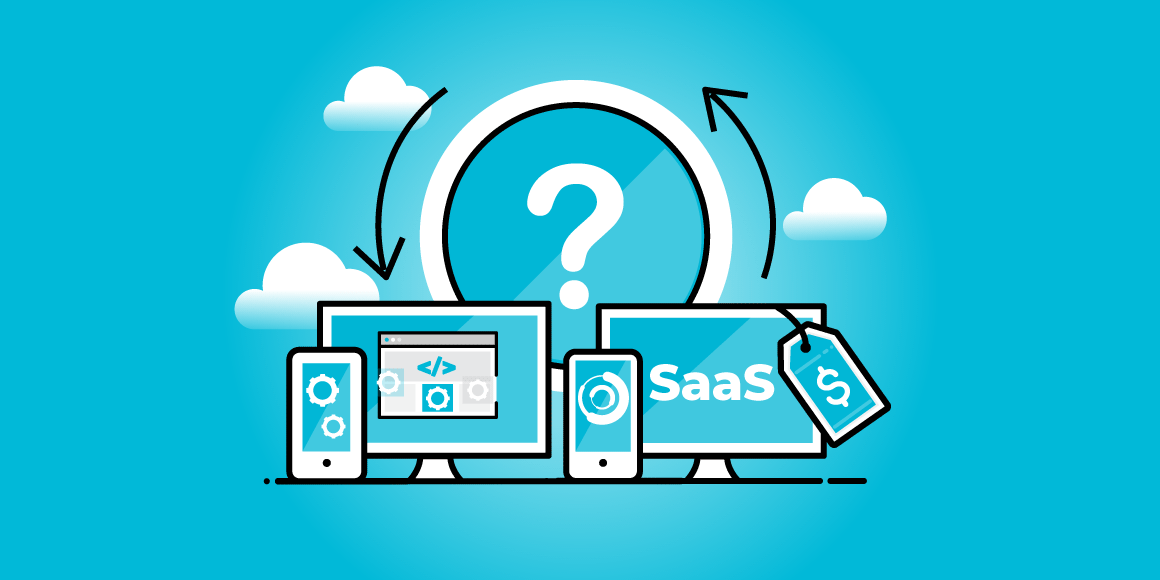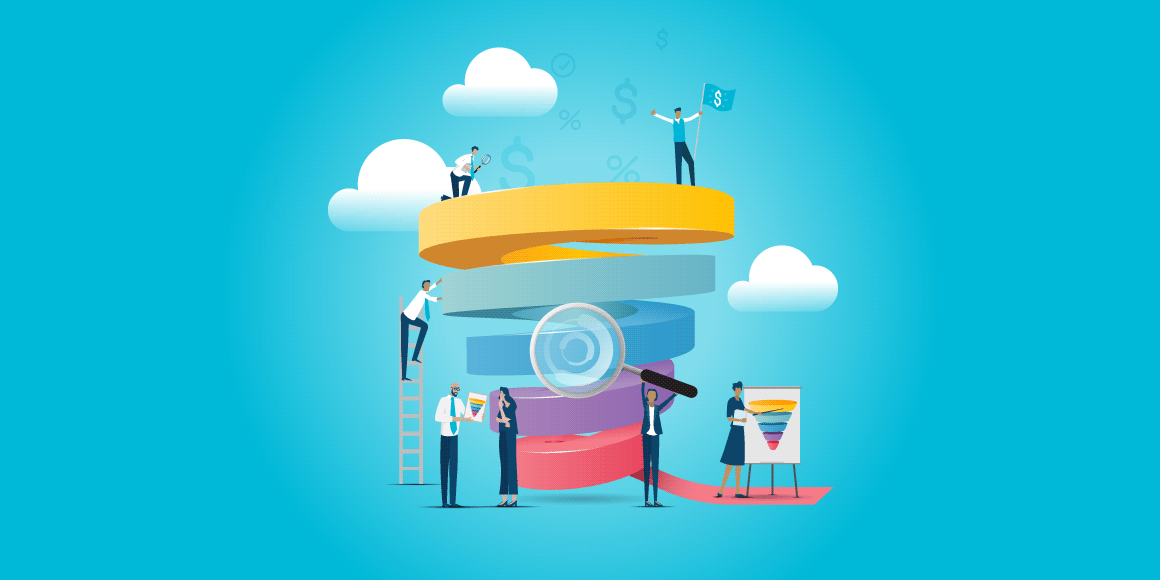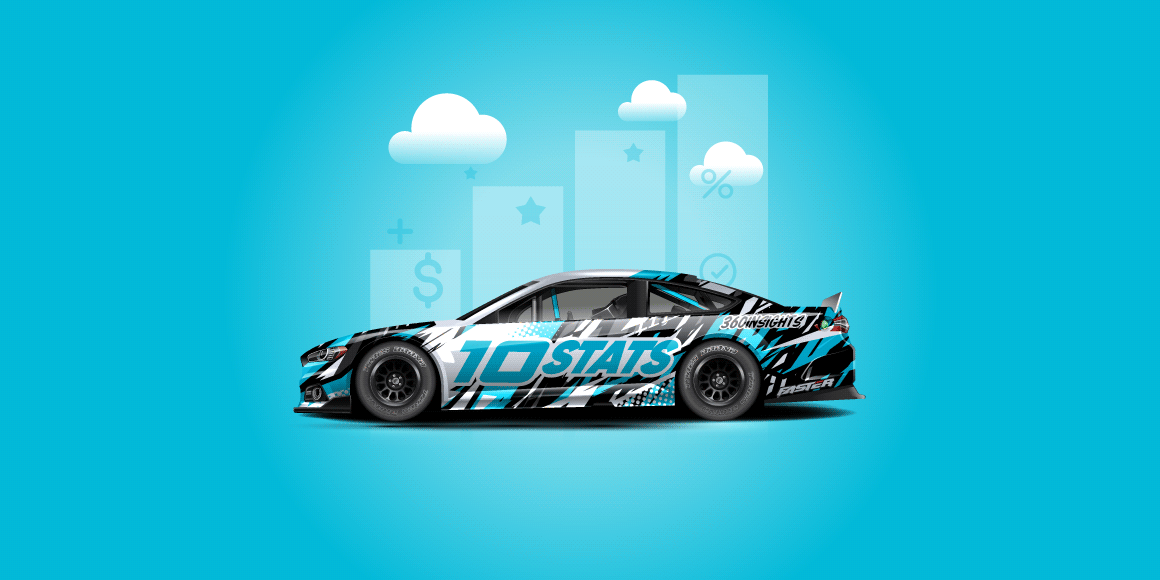Driving down costs is no easy feat, especially in the midst of rising interest rates and economic uncertainty. Of course, we’ve all seen headlines in the last 18 months about workforce reductions, but this strategy can only be taken so far before it actually starts cutting into profits and growth.
So, in this type of environment, it pays (and saves) for an organization to think differently. One under-utilized strategy that can help distributors cut costs while fostering stronger customer relationships is an incentive program. A well-designed program can drive customer engagement and steer behaviors towards more cost-effective outcomes. Let’s look at a couple of ways to do this.
#1: Driving Behaviors to In-Store Pick-Up
Delivering products to job sites can be a drain on resources, both financially and logistically. But what if we could encourage customers to opt for the more cost-effective option of in-store pick-up?
A well-crafted incentive provides one avenue for achieving this. Here's how:
- Offer Soft Benefits: Everyone loves perks. Consider offering exclusive benefits to a tiered customer list that are tied to in-store pickup. Whether it's priority access to new product releases, personalized assistance, or exclusive discounts, these soft benefits can entice customers to choose this option over delivery.
- Incentivize with Points: Create a points-based system where customers earn rewards for opting for in-store pick-up. Accumulated points can be redeemed for discounts, gift cards, or even unique experiences or travel. This not only drives cost-effective behaviors but also builds customer loyalty.
Real-World Example: A large electrical distributor wanted to lower their average delivery cost and increase their will-call invoice amount. To do this, they decided to reward their customers for picking up their orders at will-call by giving back a portion of the saved delivery expenses. This reward helped them save roughly $125 on average.
#2: Driving Buying to eCommerce
In today's digital era, it's crucial for distributors to tap into the power of eCommerce. That’s because organizations stand to benefit from the lower costs associated with their digital go-to-market strategies. To make this investment worthwhile, though, you may want to consider implementing certain strategies that encourage customers to choose your eCommerce channel over a more traditional sales route:
- Double the Points: Everybody loves a good deal. Provide customers with a promotion that rewards double points for every dollar spent on eCommerce purchases. This short-term incentive can hook your more traditional customers into more cost-effective buying behaviors.
- Reward "First Time" eCommerce Behaviors: Perhaps you’ve just created a new eCommerce platform for your B2B business, you’ve updated an existing one, or you’ve noticed that a number of your customers aren’t purchasing from your site. Entice these customers to take your platform for a “test drive” by rewarding for their initial engagement.
Offer points for actions like adding items to their cart, using preferred payment methods, leaving product reviews, or recommending your eCommerce platform to others. By fostering these early habits, you can drive customer engagement and establish a strong, competitive online presence.
- Collaborate with the Sales Team: To further incentivize customers to choose eCommerce, involve your sales team. Integrate a form at the end of each purchase, allowing customers to provide their salesperson's name. By offering points to both the customer and the salesperson for filling out this information, you foster collaboration and encourage customers to engage with the eCommerce channel.
Real-World Example: The previously mentioned electrical distributor decided to add a twist to their in-store pickup incentive program. They also offered a bonus to customers on each invoice if they made the order online, with points awarded over and above the amount they would’ve earned for the will-call amount. This had the effect of reducing costs on two fronts and enabled the distributor to find other creative ways to improve customer engagement.
The effectiveness of this strategy tracks with studies that have shown that when a business implements a Buy Online, Pay in Store (BOPIS) strategy, it pulls a significant percentage of sales away from competitors and enables organizations to offer discounts or incentives to their customers that can drive the all-important customer experience.
#3: Driving Buying or Selling of Higher Margin Products
According to Deloitte, for distributors, “pricing is by far the most powerful lever for improving overall margins and increasing profits.” The question is: what’s the best way to achieve this?
You could, of course, simply increase prices on your products and services. After all, with the way inflation has trended this past year and a half, I’m not sure anyone would blame you. But especially in areas of higher commoditization, this sort of tactic can leave you on the proverbial knife’s edge with your customers. That’s because you have to constantly be monitoring your competitors’ price architecture and your customers’ appetite for increased spending.
Another solution is to sell more of your higher-margin products. While not exactly a cost-cutting measure, this strategy could help reduce your Selling, General, and Administrative (SG&A) expenses by allowing you to employ fewer, more knowledgeable salespeople, focus your marketing resources, and lower your inventory costs. This approach is simple, but it’s not easy. However, pushing higher-margin products not only boosts revenue and helps keep costs low, but it can also offer the added benefit of strengthening your relationship with your vendors.
Let's briefly explore ways that incentive programs can be leveraged to drive the purchase of these more lucrative items:
- Tiered Sales Incentives: Motivate your sales team to focus on pitching and promoting higher margin products by offering greater rewards for these versus your lower margin items. This strategy can help align their efforts with your profitability goals.
- Targeting Specific Product Lines: Identify specific product lines with higher margins and focus your incentive structure on those products. By highlighting the benefits of these high-margin items and rewarding their sales, you can effectively drive customer interest and optimize your product mix.
- Training and Enablement Programs: Create training and enablement modules around higher-margin product lines, and reward for the completion of these. Especially in the case of more complex products, this can be a great way to indirectly encourage salespeople to improve their knowledge of these products, and their comfort with selling them.
Real-World Example: A leading developer of residential and commercial lighting systems wanted to elevate their brand perception from commodity products to designer products. After a review of their existing program, they realized that they were offering 3% rebates across-the-board regardless of which product was sold.
To better align with their desired goals, they decided to change the rules structure of their program. They created a tiered system of incentives whose rewards increased as higher-margin products were sold. This change incentivized their consultants to recommend and sell their more profitable product lines—thereby putting the organization on the path to improved margins and lower overall costs.
Conclusion
Incentive programs have the power to be game changers for distributors looking to cut costs while nurturing customer relationships. By driving behaviors towards in-store pick-up, boosting eCommerce purchases, and promoting higher margin products, distributors can optimize their operations and reduce unnecessary expenses. Remember, a well-designed incentive program not only aligns customer behaviors with desired outcomes but also strengthens loyalty and engagement. So, take the leap and explore the possibilities of incentive programs today. Your bottom line will thank you.
Learn more about 360insights.
%20copy%205.png)



